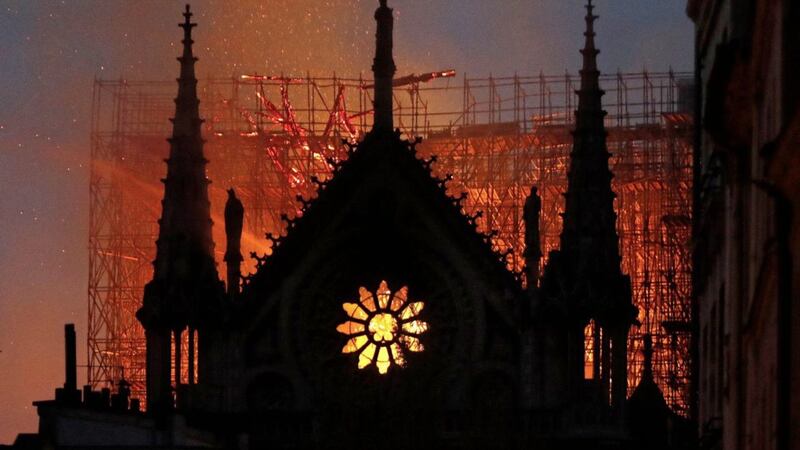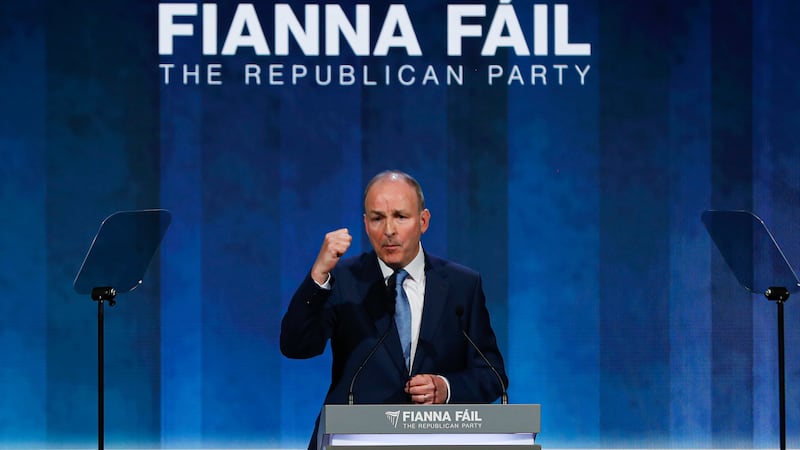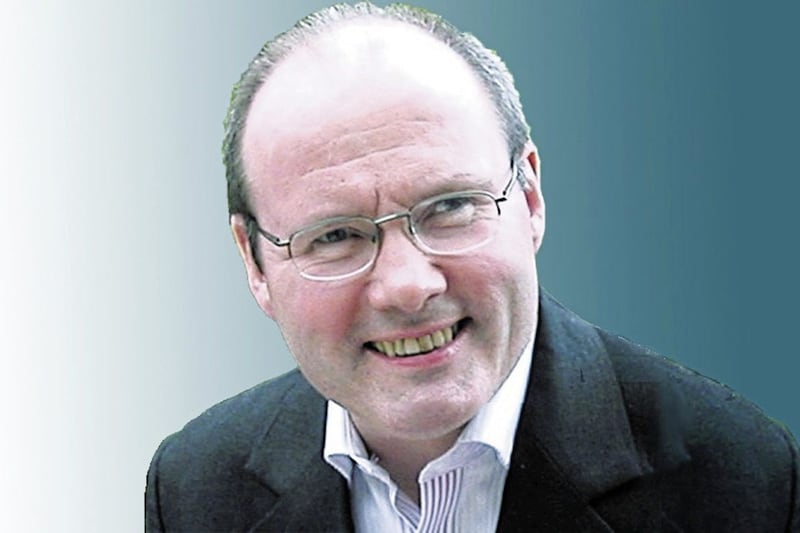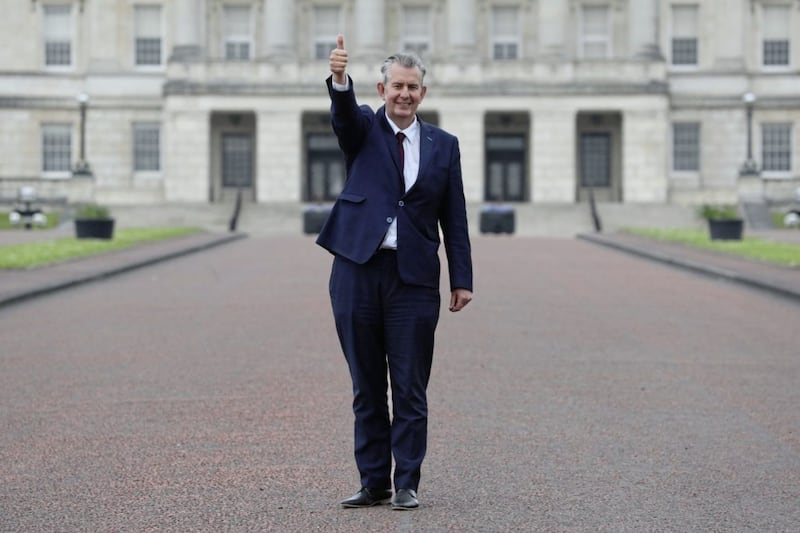Millions of words have been written about the near-destruction of Notre Dame Cathedral in Paris at the beginning of Holy Week.
But perhaps none have been as evocative as these by Robert Hardman, a Daily Mail correspondent, who in the best traditions of enterprising journalism accompanied the French prime minister into the stricken cathedral in the early hours of Tuesday, not long after it was announced that the main structure of the sacred and historic Gothic masterpiece is safe.
He wrote: “We found flames still flickering in some of the upper reaches and a lake at our feet. Then, through the foul-smelling miasma of smoke and hose water which filled this roofless void, we suddenly spotted an image that has come to define this near-disaster: The golden cross above the altar. How on earth had it managed to avoid the fate of everything else in the seat of the blaze, let alone remain upright?”
That gleaming cross I have gazed at in wonder on numerous occasions, because such has been Notre Dame’s joyous draw for this writer down the years that no visit to Paris could be conceivable without daily pilgrimages to the sanctuary of Our Lady of Paris, to worship and to be awe-filled by her splendour and her history going back nearly nine centuries.
That cross, still standing serenely and defiantly in its place amid all the smoke and rubble seemed to rebuke the darkness and embolden those like President Macron already imagining the cathedral’s restoration and prefigure the hope and light of the Resurrection of Jesus celebrated by Christians around the world on Sunday.
They say that a picture is worth a thousand words. Certainly, the front-page pictures of that glistening cross symbolising the triumph of Light over Darkness, made a powerful impression on readers of newspapers all over the world prompting many to ponder a miracle at Notre Dame.
Many would have thanked God or Our Lady or a favourite saint for an answer to their prayers, for the heroism of the firefighters, after the heartbreak of those shocking TV pictures showing the collapse of the spire and the beloved cathedral in flames.
Of course it was not just believers, in Paris and beyond, who were moved – in many cases to a state of distress – by the fire at Notre Dame, a place famously described as “a vast symphony in stone” by Victor Hugo, the French nineteenth century freethinking novelist and author of The Hunchback of Notre-Dame, a French Gothic novel starring the cathedral.
People of all religions and none turned out in their tens of thousands to keep vigil with the burning cathedral as if it was a living thing whose life was in grave danger - in a country where adherence to the principle of laïcité, the strict separation of Church and State, suddenly appeared to loosen, at least temporarily.
Fearful of the loss of something ineffably precious: that reassuring enduring edifice by the Seine; the embodiment of civilisation itself, as art historian Kenneth Clark described it in a famous BBC series 50 years ago; that witness to and participant in events that shaped their nation’s history for almost a millennium, they sang hymns giving expression to that which is most deep in the hearts of members of humankind, that which is mysterious and untouchable.
Next morning multitudes returned to have a look and assure themselves that the radio and TV reports were true, that Notre Dame and those two towers, still stood: wounded, yes, but proud and defiant. The relief was boundless in Paris and around the world.
It is only right that Notre Dame should be restored as soon as possible deploying the genius of 21st century architects and artisans, so that its beauty may once again open a window to heaven for those who visit.
However, it is also right and natural to feel uncomfortable about the vast cost involved considering all the poverty and disease in the world, and about billionaire businessmen reportedly getting massive tax breaks for their donations to the appeal fund.
It should be up to leaders such as Macron and Mr Tusk and the ever-dependable Mrs Merkel, and the rest of us, to help ensure that contributing to the restoration of Notre Dame and supporting the relief of poverty in all its manifestations is not mutually exclusive.
It is an issue one would expect Pope Francis to address at some point given the priority he has given to the plight of the poor and marginalised.








